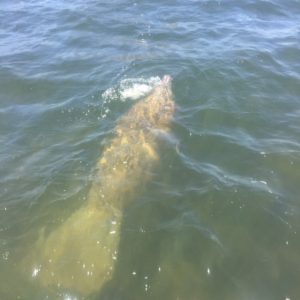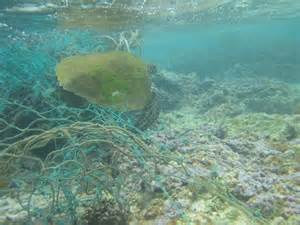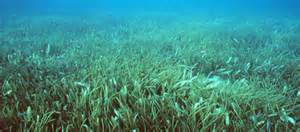Tip #5 – Impacts on Plants and Sea Life.
Continuing this series developed by the Florida Department of Environmental Protection, this month we look at the impacts boaters can have on aquatic plants and marine life. We all want clean water and plenty of fish and wildlife in our waterways, and boaters are no different. There are practices the boating community can adopt to reduce their impacts on our aquatic environments.

Photo: Marsha Stanton
Everyone is aware of the impacts boaters have had on manatees. These slow moving, air breathing mammals can be easy targets for unaware boaters. We recommend for boaters at higher speeds remain in well marked channels. Manatees do not always avoid these locations but they do. As captains leave the “channels” to approach a beach, marina, or their private dock, they should slow to idle speed and, if possible, place a spotter forward. We are seeing more of these animals in the northern panhandle so practices from south Florida should be used here as well.
Offshore mariners will, at times, encounter surfacing marine turtles. These are much harder to see than manatees in coastal waters. The best advice here is during breeding (early spring to late summer) captains have someone spotting for them at the surface breathing and alert everyone if they do see one.

Photo: NOAA
Seagrasses are very important habitats. Not only do they reduce coastal erosion and remove nutrients that could trigger algal blooms, they support 80-90% of the economically important fin and shellfish in our waters. When captains come close to shore they can create what are known as prop scars as the cut through the seagrass. Some species can take decades to re-grow and most species can only re-grow their rhizomes laterally, not vertically. So any prop scar that has depth (and most do) will not re-grow at all.
To avoid this problem captains should always slow to idle speed approaching shore and avoid “dark water”, which could be grassbeds. We recommend you anchor in open sandy spots in shallow water, or raise the motor and pole your way through the grass to the shoreline. Polarized sunglasses will help tremendously for this.

Photo: Virginia Sea Grant
With few behavior changes we should be able to avoid problems with our treasured marine resources.
 0
0
